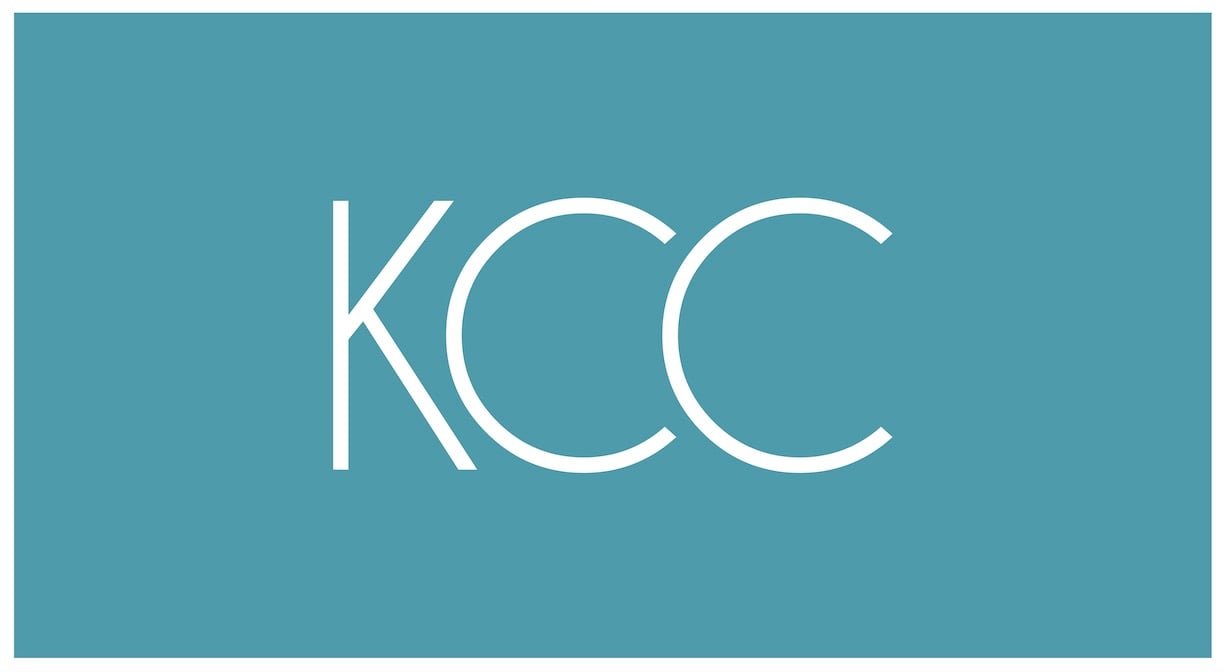
Are you a worrier? “I know worry works because nothing I worry about ever happens.” Have you heard of this quote? It sounds funny, but it’s not far from the truth! It’s normal to worry from time to time, but more and more people seem to worry about the smallest stuff. They also worry about […]

“Progress is impossible without change, and those who cannot change their minds cannot change anything.” – George Bernard Shaw Creatures of Comfort Change often has a negative connotation for many people, especially when we have no choice. We are creatures of comfort and we automatically seek out what feels good in the moment. We long […]

Making Someone Smile is Easier Than You Think. Do you want to put a smile on someone’s face? Maybe make their day a little bit brighter? It doesn’t have to take much time or money on your part. In fact, many things can be done as a part of your normal routine and cost little […]

Sometimes We Chase the Wrong Things In a culture obsessed with high tech gadgetry, cellphones, credit cards, fast cars, large houses, and job titles, it should be no surprise that most people experience stress and anxiety. The strain of striving after material advantage and the dictates of the Almighty Dollar have made many people virtual […]

Get a plant and bring nature indoors. Well, most of us are eager to take a few days off for the holidays. Here’s an idea: plan to buy a plant for your office or home. If you don’t have the chance to go outdoors as much as you would like, why not bring a little […]

We ALL want happiness We all want to feel useful and make a difference. It is even better when we get appreciation and recognition. We tend to look for some kind of validation from friends, family and our colleagues or boss. It makes us feel good about ourselves and raises our confidence in ourselves. It […]

Choices, choices Success and happiness tend to go hand and hand, but you have to define what would make you feel successful and happy. Sometimes success and happiness will lead you in two different directions. For example, you may find that your current situation makes you happy, but if you ever want a promotion, you […]

We’ve all met people who seem to be happy most of the time. You may have assumed these people are just naturally happy, or that they are the lucky people who have an easy life, or they had really loving parents. Often, this is just not the case. In my book, 21 Days to Happiness, I […]









